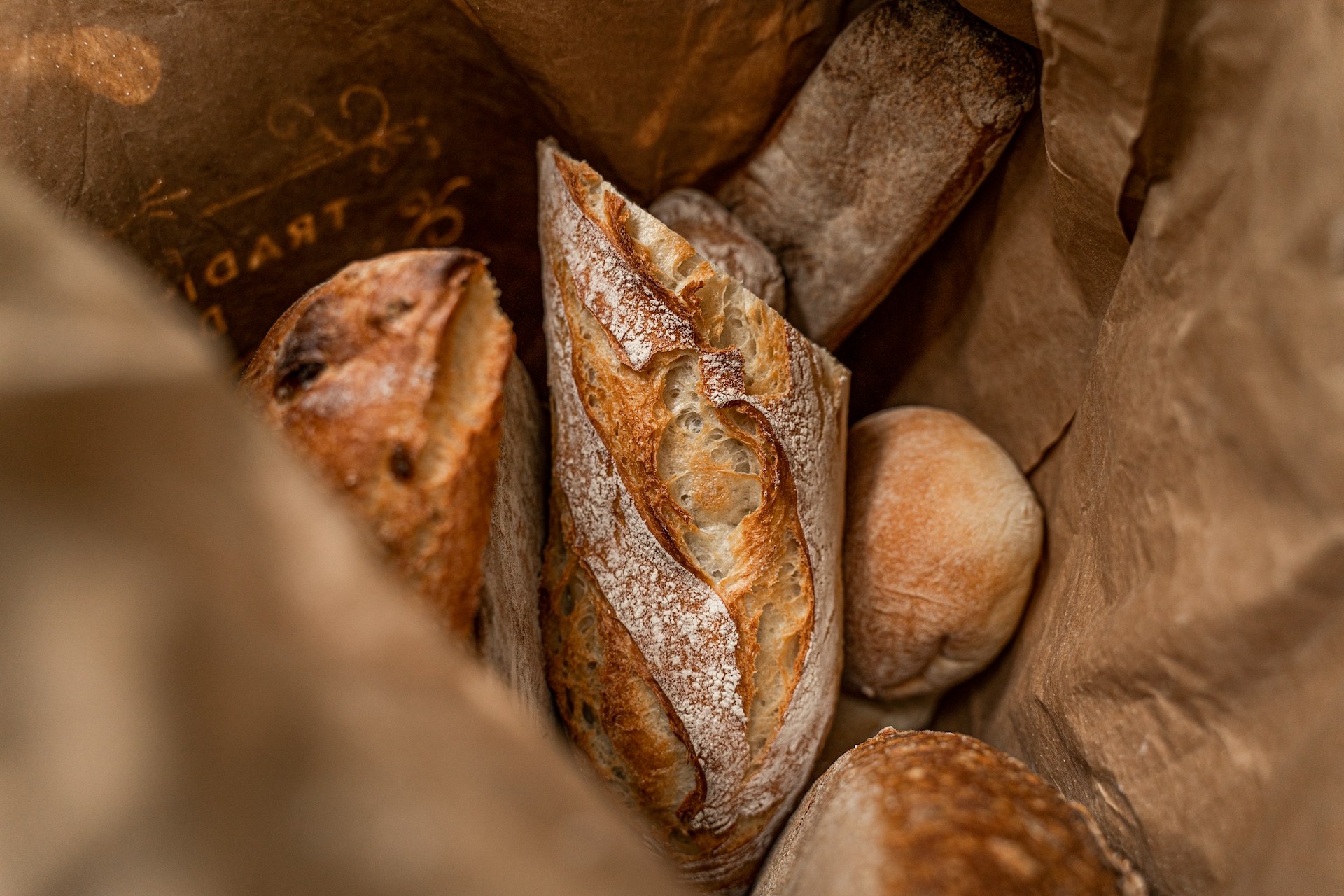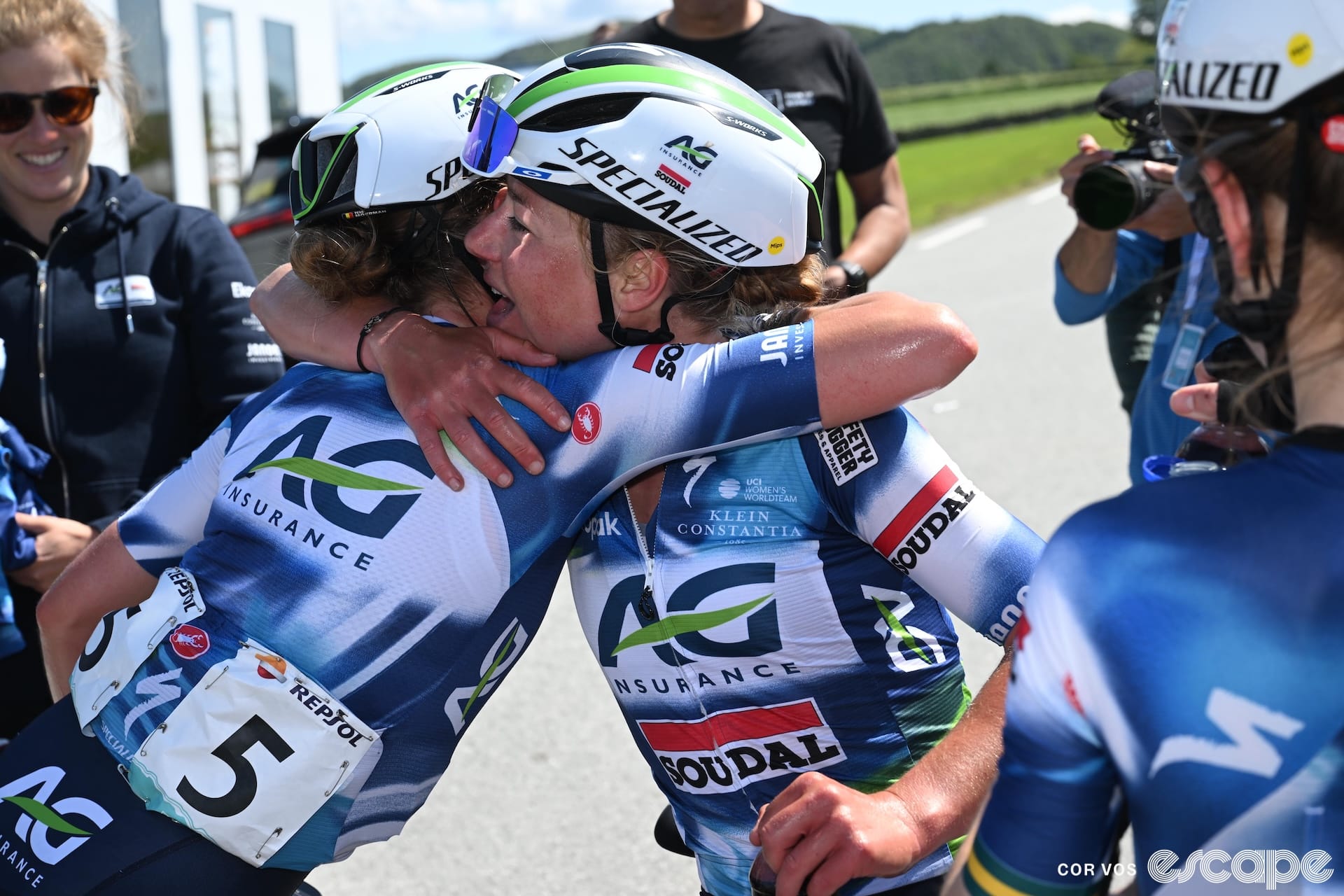It’s Sunday which means it's time for a lovely breakfast. Breakfast as we know it today actually dates back to the Renaissance. That is when people at the court of Louis XVI started eating bread with butter, which was dipped in hot milk and later in coffee imported from Türkiye (fun fact: this is now the official English spelling of the country you may know as Turkey).
But the term “petit déjeuner” only came into vogue in the 19th century. In French cities, people usually started the day with a piece of baguette and coffee with hot milk or chocolate. In the countryside they often had bread with soup or even a glass of wine in the morning.
The traditional French breakfast, called 'continental' in hotels, invariably consists of several varieties of the star of French bread: the baguette. About 320 baguettes are sold in France every second. France is my favorite country and I started ordering bread in the boulangerie when I was about six years old. To this day I still must check what to order. It also varies regionally but here is a short summary.
When you order 'une baguette', you are asking for a 'plain' white baguette. This bread is required by law in France to weigh 250 grams. This is the basic baguette.
Some French prefer to choose 'une flûte'; this is the 'thicker' and shorter version of the ordinary baguette. 'Une flûte' has a standard weight of 400 grams and is about twice as thick as 'une baguette', but they are both made from the same flour. Due to this extra thickness, 'une flûte' has proportionally less crust and more soft bread.
'Une ficelle' is the thinner version of 'une baguette'. Although the bread is the same length, it weighs up to just 125 g. So, this baguette contains a lot of crust and little soft bread.
To make things more confusing, 'une ficelle' is called 'une flûte' in some regions, while 'une flûte' is the name for a 'thick' baguette in other regions.
My favorite is the ‘tradition'. That is the short name for 'une baguette de tradition'. These baguettes may only be given this designation if the loaves are baked on site and if the flour contains no artificial additives. These baguettes are also often kneaded and risen longer than ordinary baguettes.
There are also varieties that are a bit more whole wheat like pain de la campagne, pain aux céréales or pain noir, with rye. Next to all these bread varieties you have the croissants, pain aux raisins, and the pain aux chocolat. Mind you, the latter has different names in different parts of France as well.
Bread is a serious thing in France, but sadly more and more artisanal bakers are disappearing. The countryside in France is becoming less populated and it is becoming harder for small bakers to keep the business profitable. Many French buy their bread in the supermarket or, the horror, in bread-baking machines on the side of the road.
The record for longest baguette is held by the French but only since May 2024. Before that the Italians held the official Guinness Book of Records record since 2019. On Sunday May 5, 12 bakers in Paris worked 13 hours to create a baguette of 140 meters and 53 centimeters, almost eight meters longer than the Italian one.
The press release before the event stated: “The dough will be kneaded, shaped on site, and then baked in front of the public in a rolling oven under a tent. It will be made according to the rules of the art, with wheat flour, water, yeast, and salt as the only ingredients.”
The baguette had to be at least 5 cm thick. After the record was established, the bread was distributed among the locals and the homeless.
Did we do a good job with this story?





